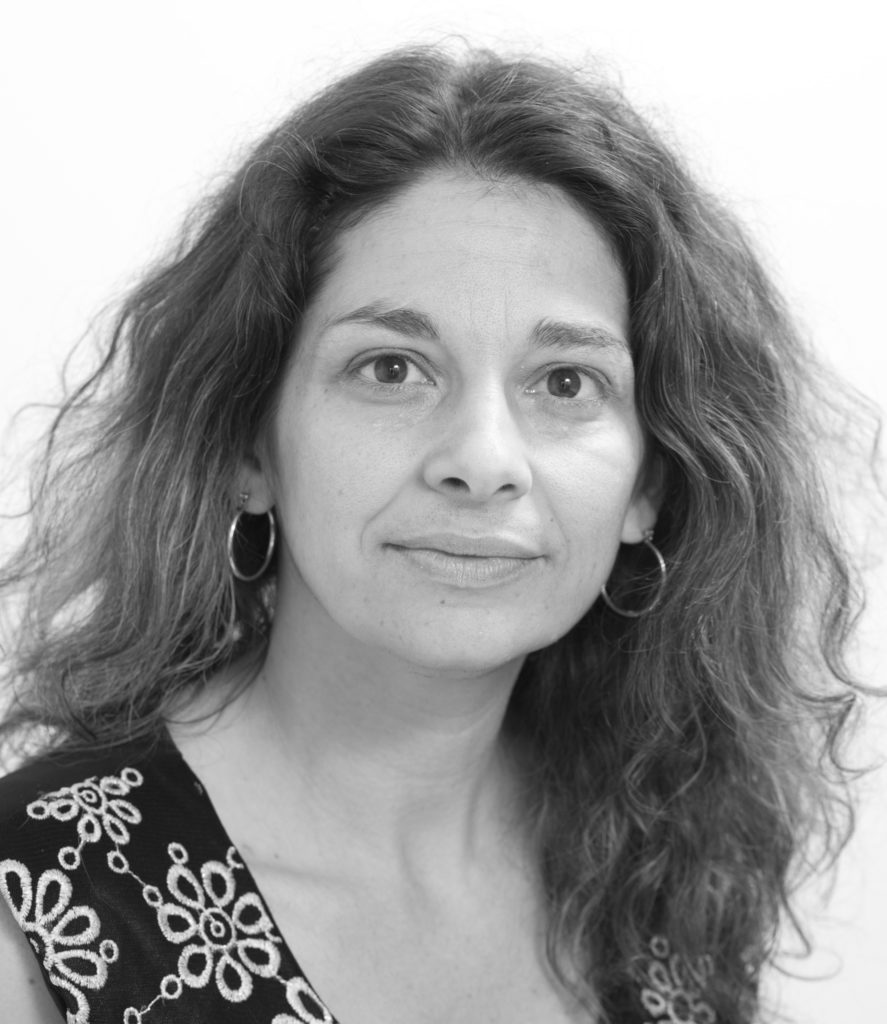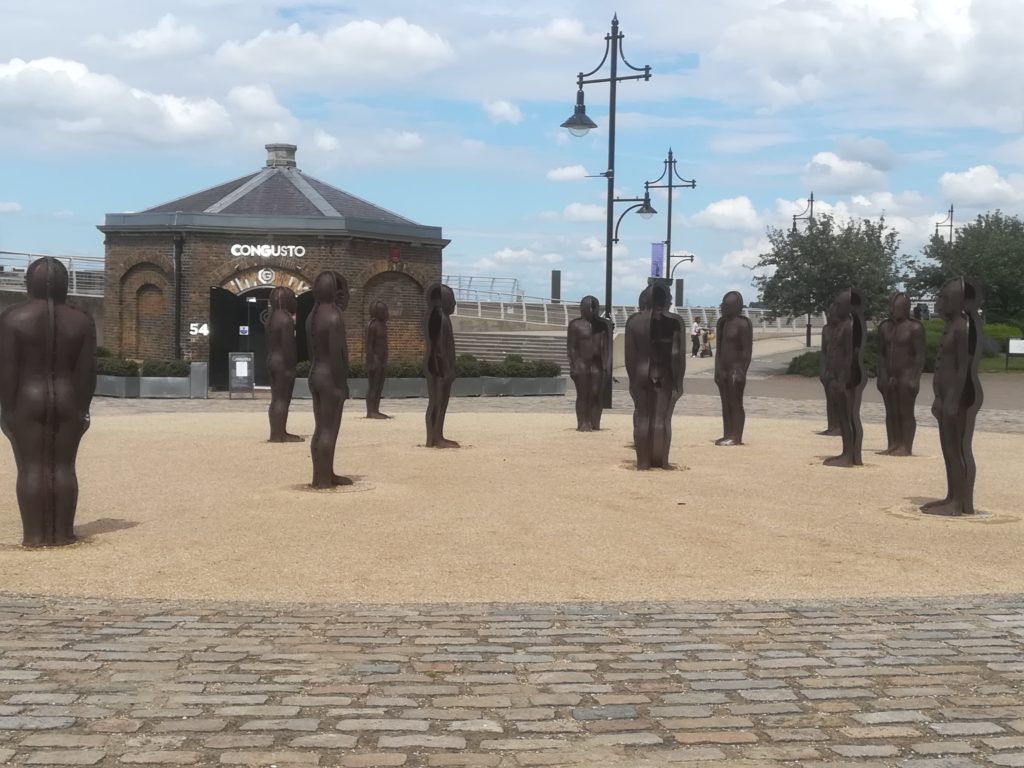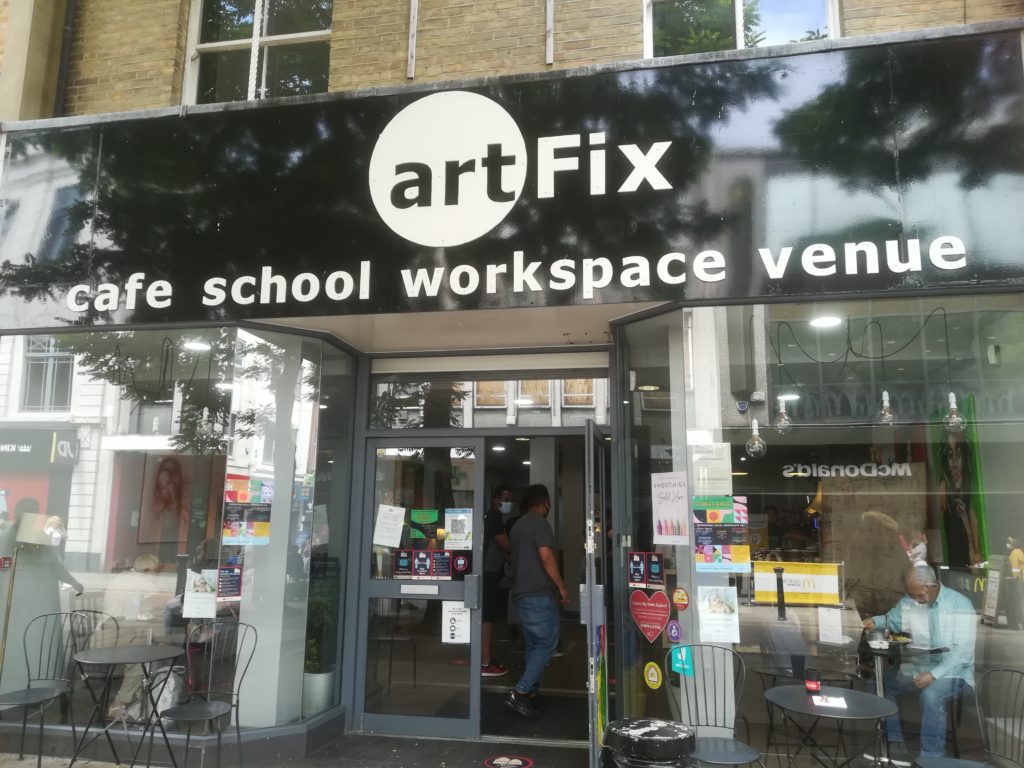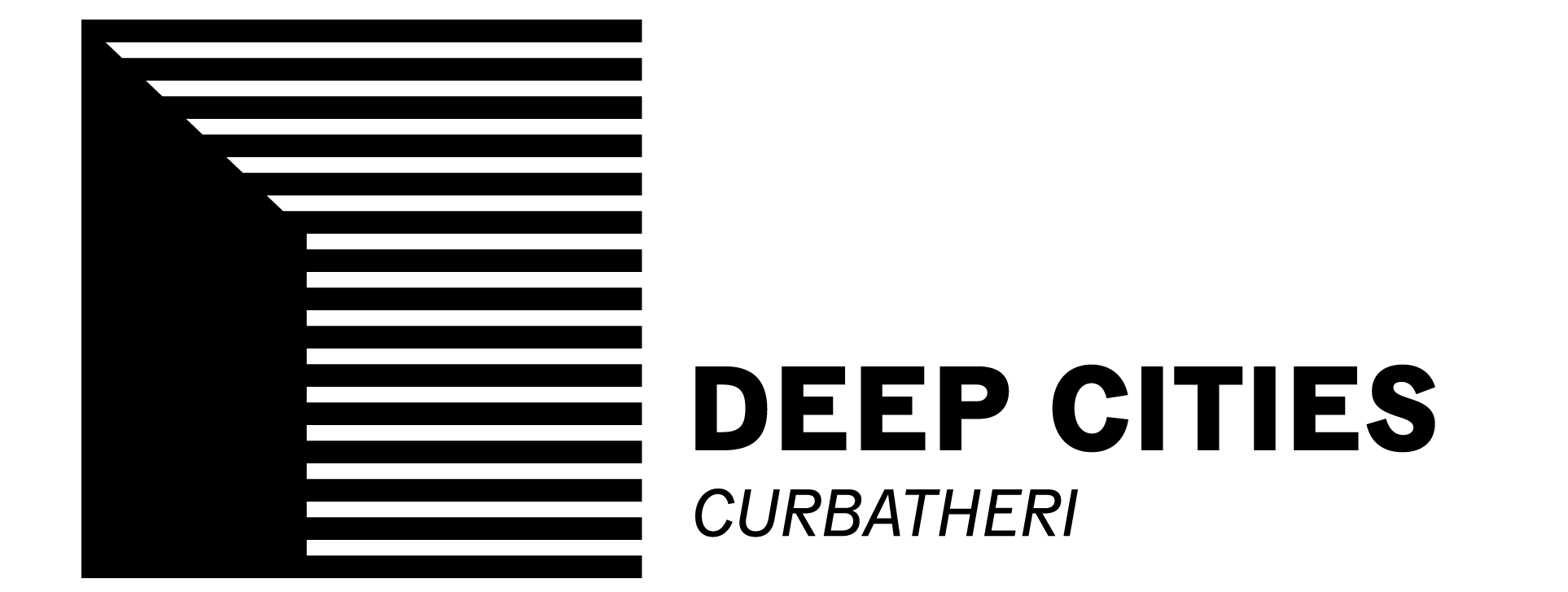By Kalliopi Fouseki, UCL Institute of Sustainable Heritage

No matter how many times I visit this area either for teaching or for the CURBATHERI project or just simply for a river run, there is always a new aspect to consider in relation to the ‘deep heritage’ of the place. During my last visit, I was reflecting on the presence of art in the urban heritage space. More specifically, I was wondering about the potential of contemporary art to unveil the visible and invisible layers of heritage and history in a historic urban area. This reflection was triggered by the presence of an artwork which immediately captures the attention of those passing by. The artwork, known as ‘Assembly’, depicts sixteen standing male figures at human size. The figures, sculpted by Peter Burke, portray a group of people coming together. They form partially body moulds reminiscing the industrial past of the area. The style of the artwork aligns with the artist’s prior work in engineering. As we read by the FutureCity which commissioned the artwork:
The cast forms have been designed to be industrially produced and repeated to reflect the use of industrial production methods and are bolted together using the convention for the joining of castings. Each figure is suggested by three out of the possible four assembled mould sections of a body cast, allowing the viewer visual entry and an opportunity to perceive it from the outside in, as if casting ones own body.
Despite the fact that the artwork was not made with this particular site in mind (as we read at the Survey of London for Woolwich)[1], not only the materiality of the statues but also their depiction is compatible with the surrounding area. I recollect that when I first came across to the sculpted figures, I immediately imagined that they depicted workers (both male and female) working at the surrounding factories. This personal experience demonstrates the power of an artwork to trigger images and imagined pasts based on what we know or what we have experienced. Interestingly, the original aim of the artwork, as revealed by the Survey of London, was slightly different. The artwork was acquired by the Greenwich Council in 2004 and located at the Royal Arsenal, constituting part of the wider masterplan that intended to link ‘civic spaces’ in the ‘public realm’ in order to provide a ‘sense of place’[2].
It is very likely that, when passing by the Assembly, most people will not know what it represents due to lack of contextual information. However, the lack of information seems not to prevent people from engaging with the artwork by either looking at it thoroughly or taking pictures. Occasionally, a few people leave flowers in the memory of a beloved person attributing a new, memorial use to art. The engaging nature of this art pieece made me wonder about the potential engaging power of art in urban heritage spaces. In this case, not only the artwork reminiscences the past of the area but it also encourages new contemporary engagements and uses as well as curiosity to explore more about the ‘deep past’ of the place.

The coming together through art represented by the Assembly is critical when it comes to bringing communities together. On the other side of the Royal Arsenal, at the Woolwich Town Centre, which was recently designated as a conservation area, we can see Artfix on one of the main commercial streets (that is Powis street). Artfix is a community, art café providing a platform for the diverse communities of Woolwich to produce and present their artwork to the wider public. As we read on its website:
artFix is where you come to make your project happen.
A one-stop platform from conception to execution, artFix is the combination of a café, a co-working space, a learning center and a popup venue.
Here you may enjoy the creative content on show or create your own.
In our community everyone can
Live Everyday Life as a Work of Art
Artfix is housed in a historic structure, one of the few that were not demolished over the years. The structures were originally built in 1866-68 and run by Hugh Hummond (a stationer) and Judah Hart (a hardwareman), as the detailed Survey of London for Woolwich reveals[3]. The floral stucco which can be seen below the upper-storey windows seems to be unusual for the time but resembles similar decorations in the nearby Hare street installed by Harris in 1882[4]. Artfix is another example of ‘deep heritage’ by which the materiality of the past mixes with the materiality and social values of the present. The local, diverse communities are coming together in a historic building in order to create and recreate the past, present and future through collective art forms.

[1] Survey of London, Volume 48: Woolwich, ed. Peter Guillery (London, 2012). pp: 185-186.
[2] ibid
[3] Survey of London, Volume 48: Woolwich, ed. Peter Guillery (London, 2012). p. 202
[4] ibid
